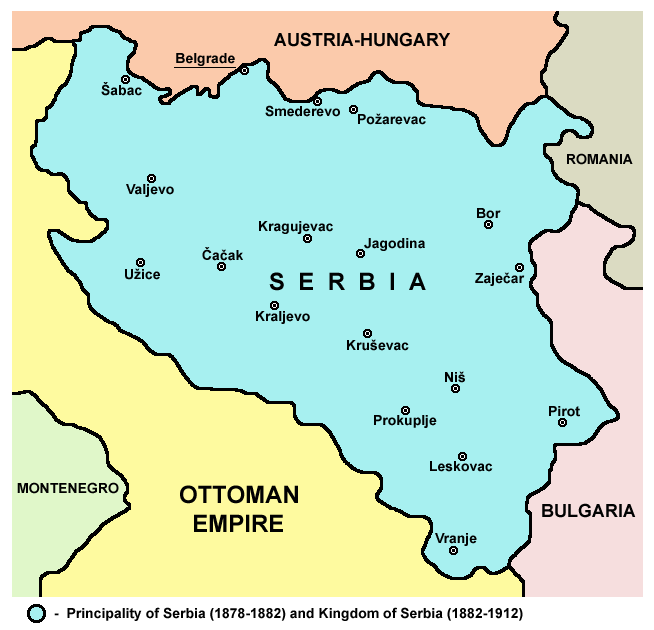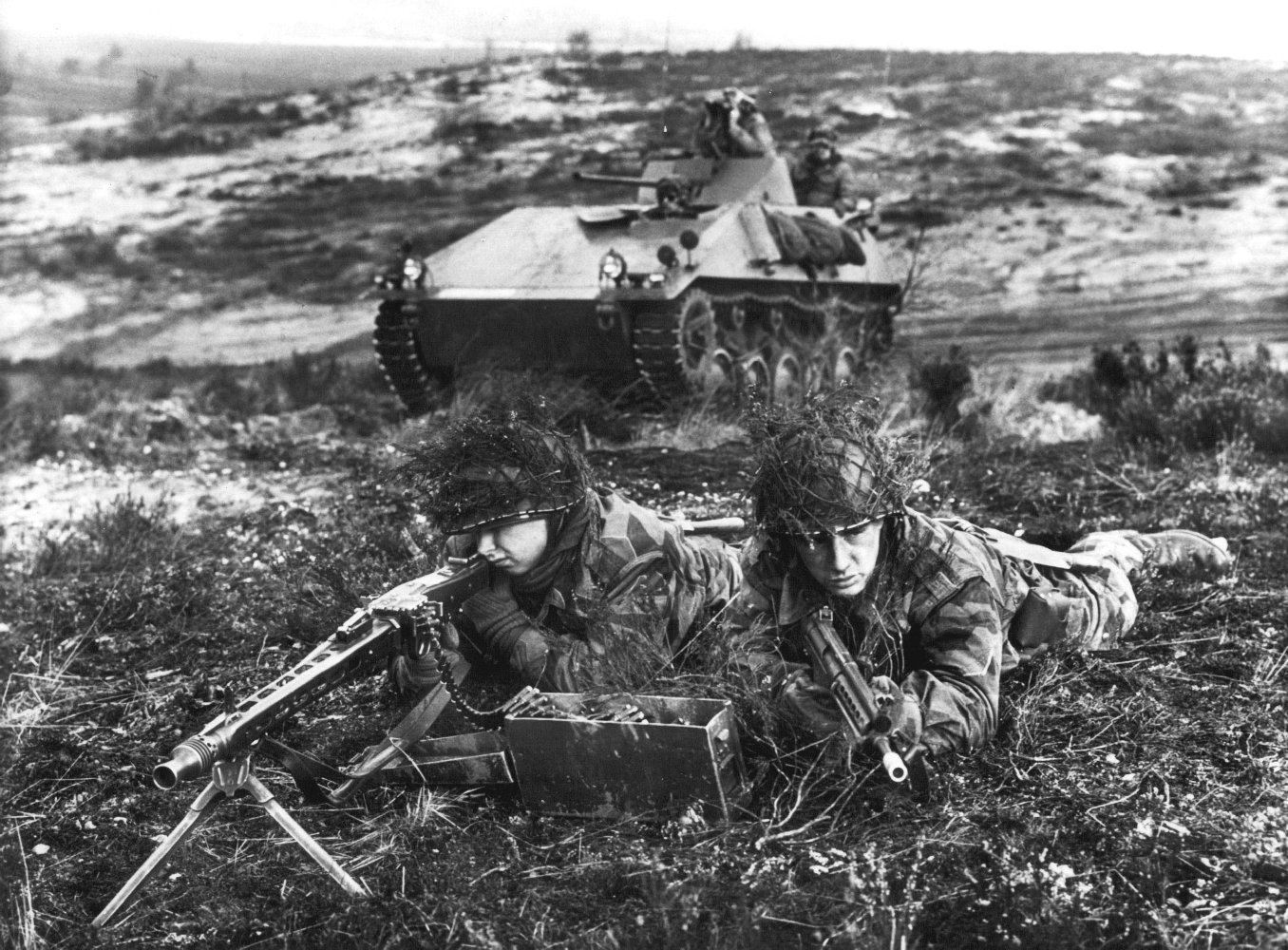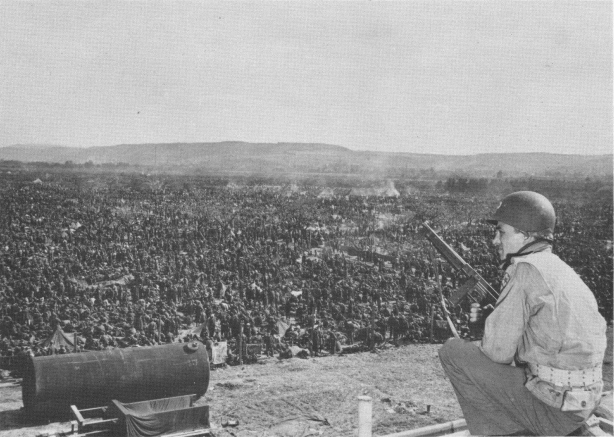|
Old Sava Bridge
The Old Sava Bridge () was a and bridge, crossing the river Sava in Belgrade, Serbia. It was the smallest road bridge in the Serbian capital and is used both for car and tram traffic. The main span between the two pillars of this tied arch bridge is over in length. Two bus lines and three tram lines of Belgrade public transport used the bridge. Due to its history, the bridge is said to have very important place and role in Belgrade's skyline and memory and is considered by many citizens as one of the city symbols. However, starting in 2016 and 2017, the city administration decided to demolish it and build the new bridge instead to be more "modern" because of the nearby Belgrade Waterfront project. This met with fierce public and experts opposition, with city changing the future of the bridge several times (expansion, upgrade, demolition, relocation on various locations) before claiming that citizens voted online to relocate it on dry land in the Ušće Park, as an "attraction". ... [...More Info...] [...Related Items...] OR: [Wikipedia] [Google] [Baidu] |
Sava
The Sava, is a river in Central Europe, Central and Southeast Europe, a right-bank and the longest tributary of the Danube. From its source in Slovenia it flows through Croatia and along its border with Bosnia and Herzegovina, and finally reaches Serbia, feeding into the Danube in its capital, Belgrade. The Sava is long, including the Sava Dolinka headwater rising in Zelenci, Slovenia. It is the largest List of tributaries of the Danube, tributary of the Danube by volume of water, and the second-largest after the Tisza in terms of catchment area () and length. It drains a significant portion of the Dinaric Alps region, through the major tributaries of Drina, Bosna (river), Bosna, Kupa, Una (Sava), Una, Vrbas (river), Vrbas, Lonja, Kolubara, Bosut (river), Bosut and Krka (Sava), Krka. The Sava is one of the longest rivers in Europe and among the longest tributaries of another river. The population in the Sava River basin is estimated at 8,176,000, and is shared by three capit ... [...More Info...] [...Related Items...] OR: [Wikipedia] [Google] [Baidu] |
Sheet Pile
Sheet or Sheets may refer to: * Bed sheet, a rectangular piece of cloth used as bedding * Sheet of paper, a flat, very thin piece of paper * Sheet metal, a flat thin piece of metal * Sheet (sailing), a line, cable or chain used to control the clew of a sail Places * Sheet, Hampshire, a village and civil parish in East Hampshire, Hampshire, England. * Sheet, Shropshire, a village in Ludford, Shropshire, England. * Sheets Lake, Michigan, United States. * Sheets Site, a prehistoric archaeological site in Fulton County, Illinois, United States. * Sheets Peak, a mountain in the Wisconsin Range, Antarctica. Other uses * Sheets (surname), a surname (including a list of people with the name) * Sheet (computing), a type of dialog box * "Sheets", a 2003 song by Stephen Malkmus and the Jicks from ''Pig Lib'' * Google Sheets, spreadsheet editor by Google * Sheet of stamps, a unit of stamps as printed * Sheet or plate glass, a type of glass * Ice sheet, a mass of glacier ice * Sheet, the ... [...More Info...] [...Related Items...] OR: [Wikipedia] [Google] [Baidu] |
Artillery Batteries
In military organizations, an artillery battery is a unit or multiple systems of artillery, mortar systems, rocket artillery, multiple rocket launchers, surface-to-surface missiles, ballistic missiles, cruise missiles, etc., so grouped to facilitate better battlefield communication and command and control, as well as to provide dispersion for its constituent gunnery crews and their systems. The term is also used in a naval context to describe groups of guns on warships. Land usage Historically the term "battery" referred to a cluster of cannons in action as a group, either in a temporary field position during a battle or at the siege of a fortress or a city. Such batteries could be a mixture of cannon, howitzer, or mortar types. A siege could involve many batteries at different sites around the besieged place. The term also came to be used for a group of cannons in a fixed fortification, for coastal or frontier defence. During the 18th century "battery" began to be used as ... [...More Info...] [...Related Items...] OR: [Wikipedia] [Google] [Baidu] |
Bridgehead
In military strategy, a bridgehead (or bridge-head) is the strategically important area of ground around the end of a bridge or other place of possible crossing over a body of water which at time of conflict is sought to be defended or taken over by the belligerent forces. Bridgeheads typically exist for only a few days, the invading forces either being thrown back or expanding the bridgehead to create a secure defensive lodgement area, before breaking out into enemy territory, such as when the U.S. 9th Armored Division seized the Ludendorff Bridge at Remagen in 1945 during World War II. In some cases a bridgehead may exist for months. Etymology ''Bridgehead'' ( French ''tête de pont'') is a High Middle Ages military term, which before the invention of cannons meant the military fortification that protects the end of a bridge. Like many older terms, the meaning of the word drifted with the passage of time, becoming used for something not exactly true to its initial usage. Wit ... [...More Info...] [...Related Items...] OR: [Wikipedia] [Google] [Baidu] |
Bayonet
A bayonet (from Old French , now spelt ) is a -4; we might wonder whether there's a point at which it's appropriate to talk of the beginnings of French, that is, when it wa ... , now spelt ) is a knife, dagger">knife">-4; we might wonder whether there's a point at which it's appropriate to talk of the beginnings of French, that is, when it wa ... , now spelt ) is a knife, dagger, sword, or Spike bayonet, spike-shaped melee weapon designed to be mounted on the end of the gun barrel, barrel of a rifle, carbine, musket or similar long gun, long firearm, allowing the gun to be used as an improvised spear in close combat.Brayley, Martin, ''Bayonets: An Illustrated History'', Iola, WI: Krause Publications, (2004), pp. 9–10, 83–85. The term is derived from the town of Bayonne in southwestern France, where bayonets were supposedly first used by Basques in the 17th century. From the early 17th to the early 20th century, it was an infantry melee weapon used for both offensive and ... [...More Info...] [...Related Items...] OR: [Wikipedia] [Google] [Baidu] |
Spade
A spade is a tool primarily for digging consisting of a long handle and blade, typically with the blade narrower and flatter than the common shovel. Early spades were made of riven wood or of animal bones (often shoulder blades). After the art of metalworking was developed, spades were made with sharper tips of metal. Before the introduction of metal spades manual labor was less efficient at moving earth, with picks being required to break up the soil in addition to a spade for moving the dirt. With a metal tip, a spade can both break and move the earth in most situations, increasing efficiency. A classic spade, with a narrow body and flat (or near flat) tip is suited for digging post holes, and is not to be confused with a "roundpoint" shovel, which has a wider body and tapered tip. Etymology English ''spade'' is from Old English ' (f.) or ' (m.). The same word is found in Old Frisian ' and Old Saxon '. High German ' only appears in Early Modern German, probably loaned from ... [...More Info...] [...Related Items...] OR: [Wikipedia] [Google] [Baidu] |
Syrmia
Syrmia (Ekavian sh-Latn-Cyrl, Srem, Срем, separator=" / " or Ijekavian sh-Latn-Cyrl, Srijem, Сријем, label=none, separator=" / ") is a region of the southern Pannonian Plain, which lies between the Danube and Sava rivers. It is divided between Serbia and Croatia. Most of the region is flat, with the exception of the low Fruška gora mountain stretching along the Danube in its northern part. Etymology The word "Syrmia" is derived from the ancient city of Sirmium (now Sremska Mitrovica). Sirmium was a Celts, Celtic or Illyrians, Illyrian town founded in the third century BC. ''Srem'' ( sr-Cyrl, Срем) and ''Srijem'' ( sr-Cyrl, Сријем, label=none) are used to designate the region in Serbia and Croatia respectively. Other names for the region include: * Latin: ''Syrmia'' or ''Sirmium'' * Hungarian language, Hungarian: ''Szerémség'', ''Szerém'', or ''Szerémország'' * German language, German: ''Syrmien'' * Slovak language, Slovak: ''Sriem'' * Pannonian R ... [...More Info...] [...Related Items...] OR: [Wikipedia] [Google] [Baidu] |
Central Serbia
Central Serbia (), also referred to as Serbia proper (), is the region of Serbia lying outside the autonomous province of Vojvodina to the north and the disputed Kosovo region to the south. Central Serbia is a term of convenience, not an administrative divisions of Serbia, administrative division of Serbia as such, and does not have any form of separate administration. Broadly speaking, Central Serbia is the historical core of history of modern Serbia, modern Serbia, which emerged from the Serbian Revolution (1804–17) and subsequent wars against the Ottoman Empire. In the following century, Serbia gradually expanded south, acquiring South Serbia, Kosovo, Sandžak and Vardar Macedonia, and in 1918 – following the unification and annexation of Kingdom of Montenegro, Montenegro and unification of Austria-Hungary, Austro-Hungarian areas left of the Danube and Sava (Vojvodina) – it merged with other South Slavic territories into the Kingdom of Yugoslavia. The current borders of ... [...More Info...] [...Related Items...] OR: [Wikipedia] [Google] [Baidu] |
Red Army
The Workers' and Peasants' Red Army, often shortened to the Red Army, was the army and air force of the Russian Soviet Republic and, from 1922, the Soviet Union. The army was established in January 1918 by a decree of the Council of People's Commissars to oppose the military forces of the new nation's adversaries during the Russian Civil War, especially the various groups collectively known as the White Army. In February 1946, the Red Army (which embodied the main component of the Soviet Armed Forces alongside the Soviet Navy) was renamed the "Soviet Army". Following the dissolution of the Soviet Union it was split between the post-Soviet states, with its bulk becoming the Russian Ground Forces, commonly considered to be the successor of the Soviet Army. The Red Army provided the largest land warfare, ground force in the Allies of World War II, Allied victory in the European theatre of World War II, and its Soviet invasion of Manchuria, invasion of Manchuria assisted the un ... [...More Info...] [...Related Items...] OR: [Wikipedia] [Google] [Baidu] |
Miladin Zarić
Miladin Zarić (1889–1976) was a Serbian and later, Yugoslavian teacher. At the end of World War II and liberation of Belgrade, the capital of Yugoslavia on 20 October 1944, during their retreat, the Nazis have mined the Old Sava Bridge, in order to stop the progress of the Soviet Red Army and the People's Liberation Army of Yugoslavia that were chasing them. They would have got away with it if there was not Miladin Zarić, a school teacher and a plain civilian with a considerable experience in demining gained previously during Balkan Wars and First World War. He saved the bridge from demolition, by cutting the detonator wires, making it the only large bridge in Europe, beside Ludendorff Bridge that the Germans didn't succeed in demolishing while retreating. The importance of his act is even bigger considering that the next bridge connecting Belgrade and Syrmia was in Šabac, 90 kilometers away. Life Zarić was born in Seča Reka near Kosjerić, in 1889. He enrolled a ... [...More Info...] [...Related Items...] OR: [Wikipedia] [Google] [Baidu] |
German Army (Wehrmacht)
The German Army (, 'army') is the land component of the armed forces of Federal Republic of Germany, Germany. The present-day German Army was founded in 1955 as part of the newly formed West German together with the German Navy, ''Marine'' (German Navy) and the German Air Force, ''Luftwaffe'' (German Air Force). , the German Army had a strength of 63,047 soldiers. History Overview A German army equipped, organized, and trained following a single doctrine and permanently unified under one command was created in 1871 during the unification of Germany under the leadership of Prussia. From 1871 to 1919, the title ''German Army (German Empire), Deutsches Heer'' (German Army) was the official name of the German land forces. Following the German defeat in World War I and the end of the German Empire, the main army was dissolved. From 1921 to 1935 the name of the German land forces was the ''Reichswehr, Reichsheer'' (Army of the Realm) and from 1935 to 1945 the name ''German Army (We ... [...More Info...] [...Related Items...] OR: [Wikipedia] [Google] [Baidu] |
Remagen
Remagen () is a town in Germany in the state of Rhineland-Palatinate, in the district of Ahrweiler (district), Ahrweiler. It is about a one-hour drive from Cologne, just south of Bonn, the former West Germany, West German seat of government. It is situated on the left (western) bank of the river Rhine. There is a ferry across the Rhine from Remagen every 10–15 minutes in the summer. Remagen has many notable and well-maintained buildings, churches, castles and monuments. It also has a sizeable pedestrian zone with plenty of shops. Overlooking the west bank of the Rhine just north of the city centre is the Apollinariskirche. It has an observation deck that is only open to parishioners on Sundays. Pedestrians reach the church via a dirt trail that passes a series of roadside monuments representing each of the fourteen Stations of the Cross. The church grounds contain an outdoor crypt and an abbey. Further down the river is one of the many castles along the Rhine, perched even highe ... [...More Info...] [...Related Items...] OR: [Wikipedia] [Google] [Baidu] |







